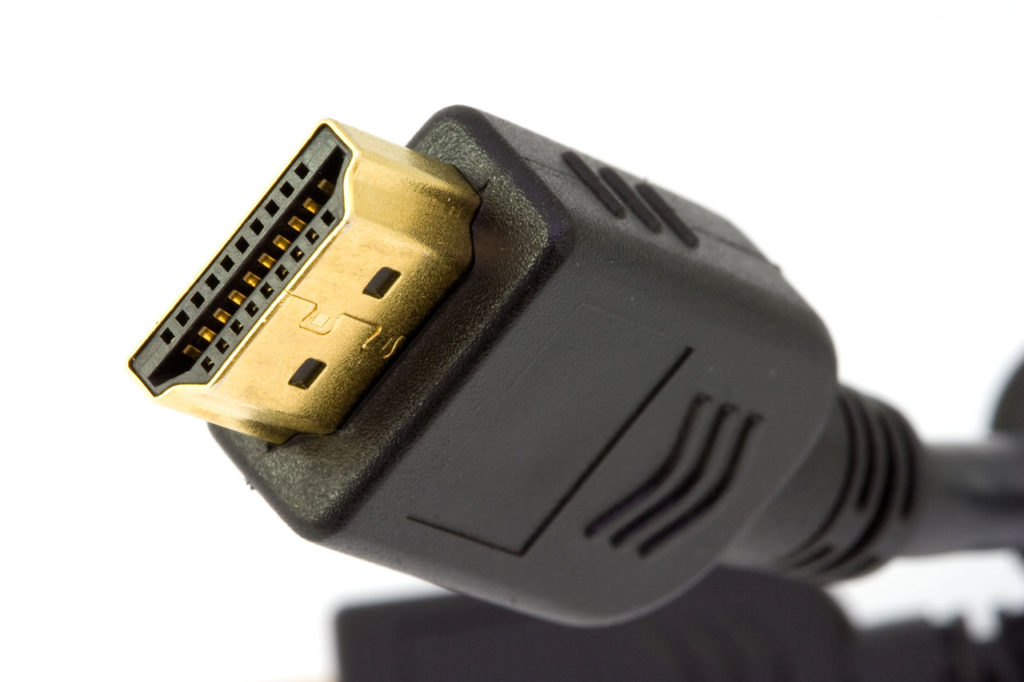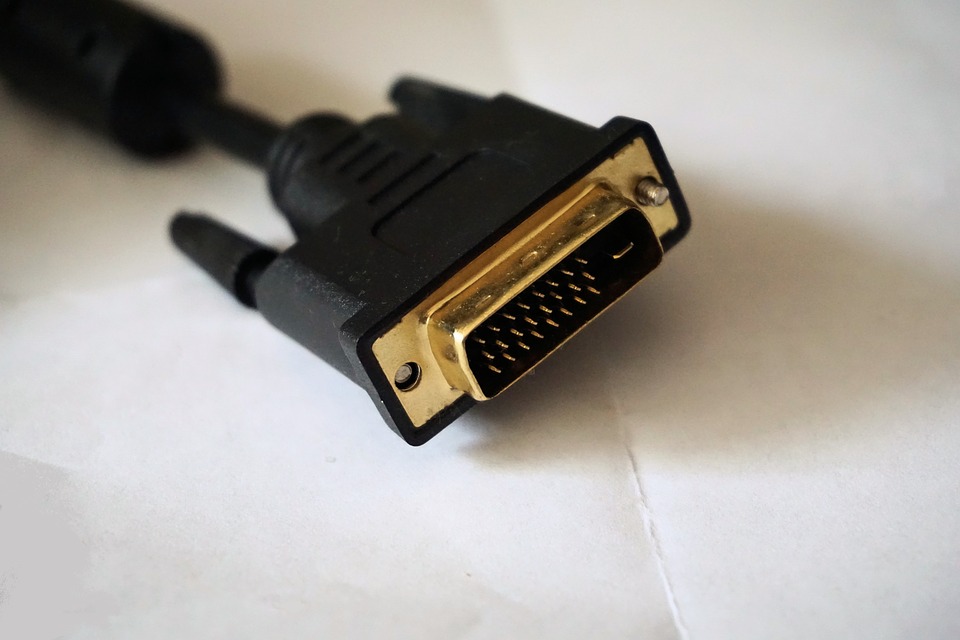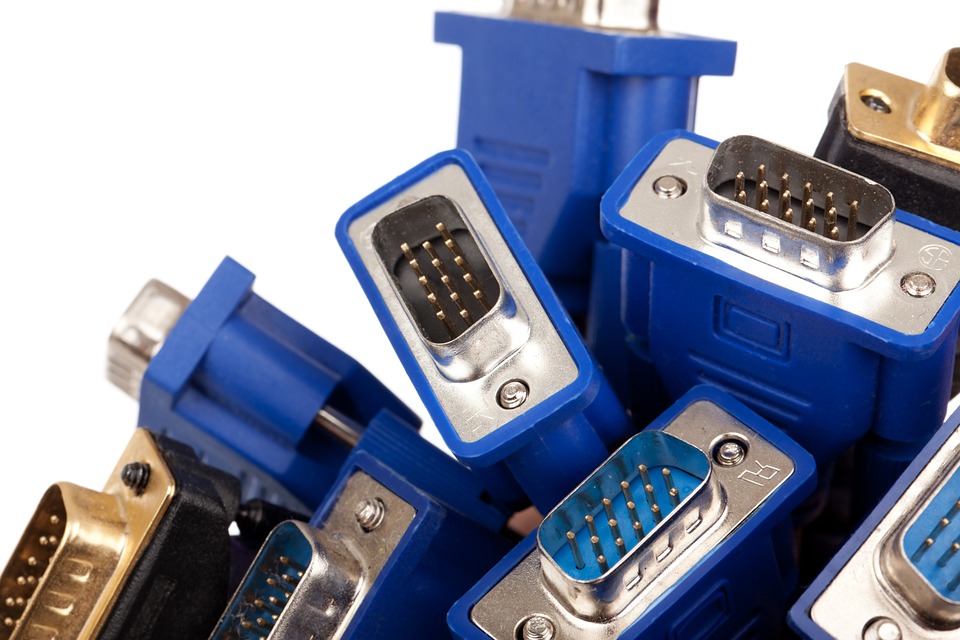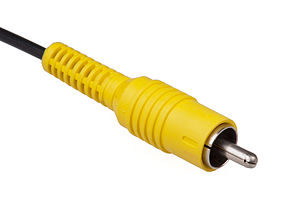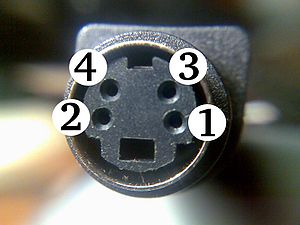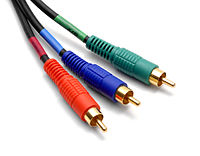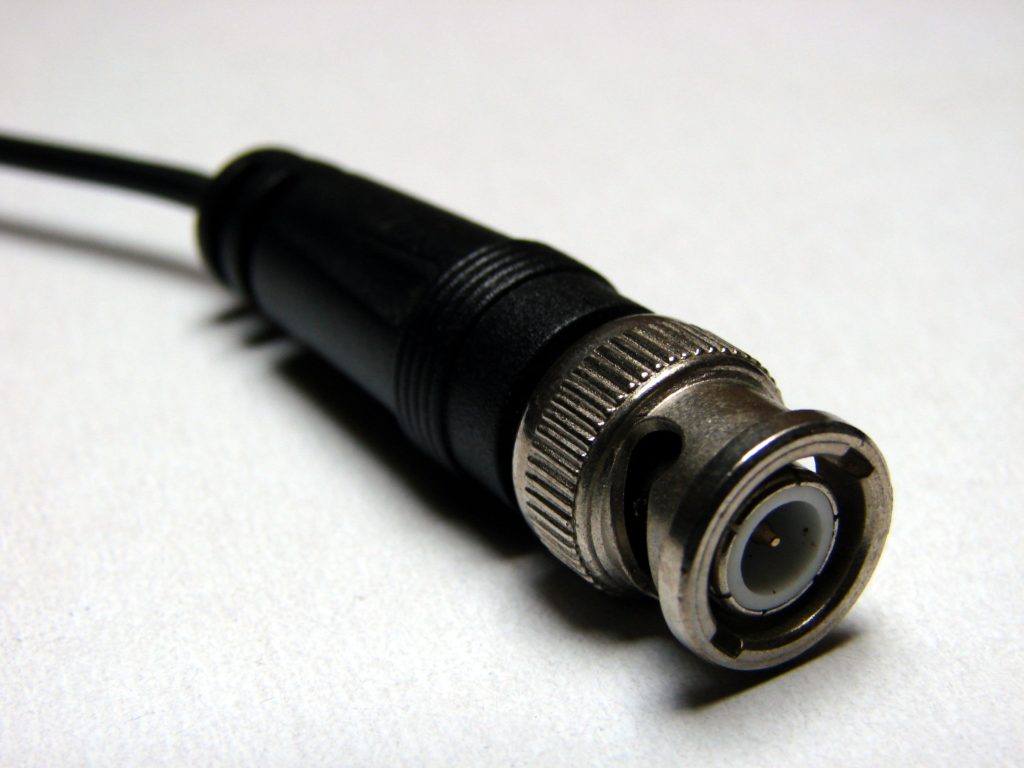Video Input Types for Monitor Connections
With all the advances in technology today, it is easy for some people to miss the latest news. Have you ever wonder what video inputs are? What are the differences of the variety inputs? How to choose the right video inputs for your monitor?
Most monitors have different video inputs available. So sometimes it can be difficult to make a choice which the best one suits you.
First of all, what are video inputs? Digital information delivers to a monitor set for audience is video inputs. For example, it is how images and sound show on a monitor or television screen. In additions, a right type of video input is necessary and important because it affects the picture quality directly. This is why computer industries are constantly looking for innovative pieces to build quality for overall experiences.
There are several different types of connections below to help you decide which inputs the best for you.
HDMI |
HDMI short for High Definition Multimedia Interface. It has video and audio signal at the same time, and is most common connections for TV to PC nowadays. It is capable of transferring large amounts of data over one cable without compressed the video and audio. HDMI becomes the connection of choice for most multimedia devices. Moreover, it's easy to use and best of all the cables are inexpensive and easy to find in stores. Therefore, if one is plugging computer into a television then the video input choice should be HDMI. |
DVI |
DVI stands for "Digital Visual Interface". Digital Visual Interface is one of the most common digital video inputs you will see on computer monitors today. First, DVI was developed by DDWG (the Data Display Working Group). VGA functions to send information digitally from a computer to a digital display, for example, a flat-panel monitor. Second, the video signal over DVI is basically the same as HDMI. Generally DVI does not do audio, but it varies. Third, DVI can stream up to 1920×1200 HD video, or with dual-link DVI connectors it can support up to 2560×1600. Therefore, if one is using a Television, it is better for him or her to choose HDMI. However, since computer monitors do not usually have speakers, this isn't an issue for using DVI on one’s computer monitor. |
Composite Video |
Composite video, also called baseband video or RCA video. It is a single channel analog video transmission without audio. However, composite video carries standard definition video usually at 480i/576i resolution. |
S-Video |
S-Video is a connector that transmits video signals over a cable by dividing the video information into two signals. In the two video signals, one is for color and the other one is for brightness. In additions, S-Video is best for RGB format. Computer monitors is basically RGB signal. Therefore, the images are very clear when showing on a computer monitor. |
Component Video |
Component video uses three cables to send RGB signals to provide high quality images. While giving clear images, component video is still an analog connection. |
SDI |
Serial Digital Interface also known as SDI is a hardware interface for transmitting digital video. SDI uses a high class coaxial cable and a BNC connector with Teflon insulation. SDI provides uncompressed signals and is self-synchronizing between the transmitter and receiver. Moreover, the most common data speed is 270 Mbps. However, it is possible to speed of up to 540 Mbps. |
Therefore, when it comes to choosing between different connectors, it’s important to determine your price range and your needs. The professionals at Acnodes Corporation can help by customizing our products to your requirements. For more information, please visit our website or e-mail us at [email protected].






